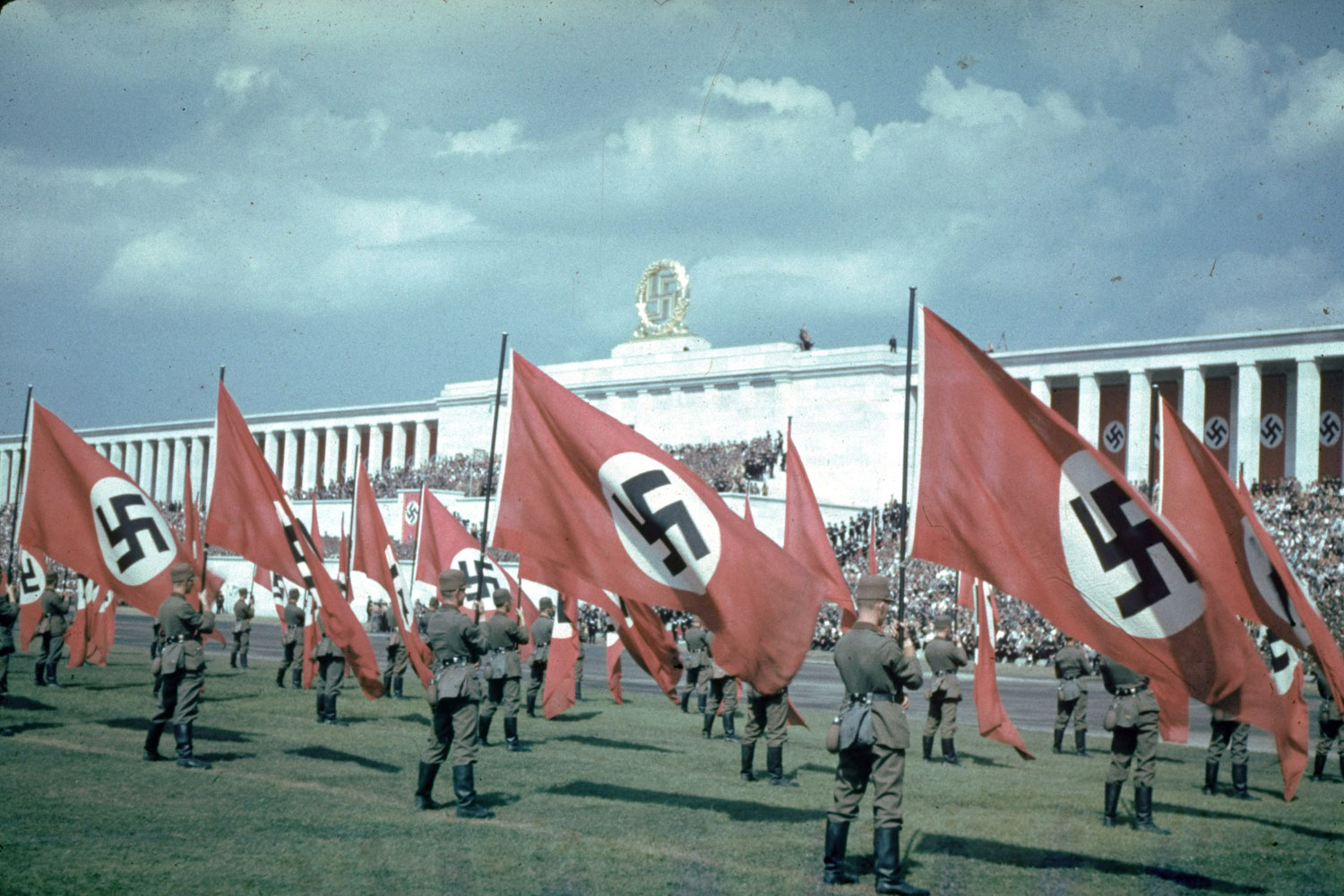
A powerful insignia alone, Adolf Hitler once noted, “can spark interest in a political movement.” What Hitler did not say, but what is evident to anyone with even a tenuous grasp of 20th-century history, is that such an emblem can also provide a movement—and a movement’s followers—with an immediate communal identity. Display the emblem everywhere, on a scale that dwarfs the people who pay allegiance to it, and before long its adherents will feel chosen, entitled, invincible.
The swastika, sometimes with its arms pointing to the left, sometimes to the right, has been around for thousands of years. It is one of the most ancient and prevalent of all sacred symbols, bearing vastly different meanings from culture to culture and context to context, from Hinduism to Greco-Roman architecture to Ireland’s great 8th-century illuminated Book of Kells. Today, it’s of course impossible for most people to see a swastika—any swastika—without associating it immediately with the Third Reich, Nazi Germany and, by extension, World War II and the Holocaust. The reason for this is disturbingly simple: Hitler and those who embraced his toxic vision as early as the 1920s were aware that a symbol with the resonance—perhaps the subconscious resonance—of a swastika, combined with the red, white and black of what Hitler called the “revered colors” of the old German Imperial flag, would not only be graphically striking: for countless Germans and Austrians, it would be spiritually striking.
[MORE: See the gallery, “After the Fall: Photos of Hitler’s Bunker and the Ruins of Berlin”]
The Nazi flag—one of the single most powerful ideological emblems ever devised—is the rhetorical hub from which all of the Third Reich’s other stylistic, architectural and even its militaristic themes stem. The nod to Germany’ imperial past; the stark, aggressive feel of the black swastika itself (emblazoned, at an angle, upon the clean white of the circle); the blood-red field that Hitler claimed represented the “social ideal” of the movement—these all meld into one astonishingly powerful visual marker.
In this gallery, LIFE.com takes a long, hard look at the aesthetics of the Reich’s propaganda machinery, from the single swastika to the epic torchlit celebrations that marked Hitler’s 50th birthday. Here are the Nuremberg rallies, where individuals are subsumed into a single worshipful organism. Here are the gargantuan Nazi banners, towering above a sea of human faces that fade into insignificance. Here are thousands of tanned, near-naked youth, re-enacting a manufactured, cobbled-together and thoroughly mythical past when “Aryans” gamboled beneath a Teutonic sun.
[NOTE: The photographs in this gallery were made by one of Hitler’s personal photographers, Hugo Jaeger. See more of Jaeger’s work, and read the stranger-than-fiction tale of how Time Inc. came to own his archive of color pictures.]
But perhaps the most fascinating aspect of the Third Reich’s deeply manipulative and seductive propaganda—and especially the sense of invincibility and inevitable triumph that it sparked in the hearts of true believers—is how ludicrous and, in the end, how perfectly mistaken it all was. Yes, Hitler, Goebbels, Himmler, Goering and the other genocidal gangsters did unleash a murderous nightmare in Europe, and for a few years—a very few years—it might have seemed as if the Nazi drive for domination was, in fact, unstoppable.
But then something happened that the Reich did not intend. Free people stood up. Britain resisted, mightily. America (finally) entered the war in December 1941 and along with the Soviet Union, the British, the Free French and so many other Allies, set about systematically demolishing the “invincible” German forces. Hitler’s Thousand-Year Reich lasted a little more than a decade, and when it was destroyed, its architect killed himself in a squalid underground bunker.
Hitler was certainly right about one thing: a powerful emblem can, indeed, spark interest in a political movement. But it never hurts to remind ourselves that it takes far more than emblems—no matter how commanding they might be, or how transcendent they might seem—to transform a movement into an enduring political, social or military force. That sort of lasting power, after all, requires ideas that see beyond the primal notions of brute force and subjugation. For some reason, despots and their lackeys always seem to forget, or simply ignore, that inconvenient truth.
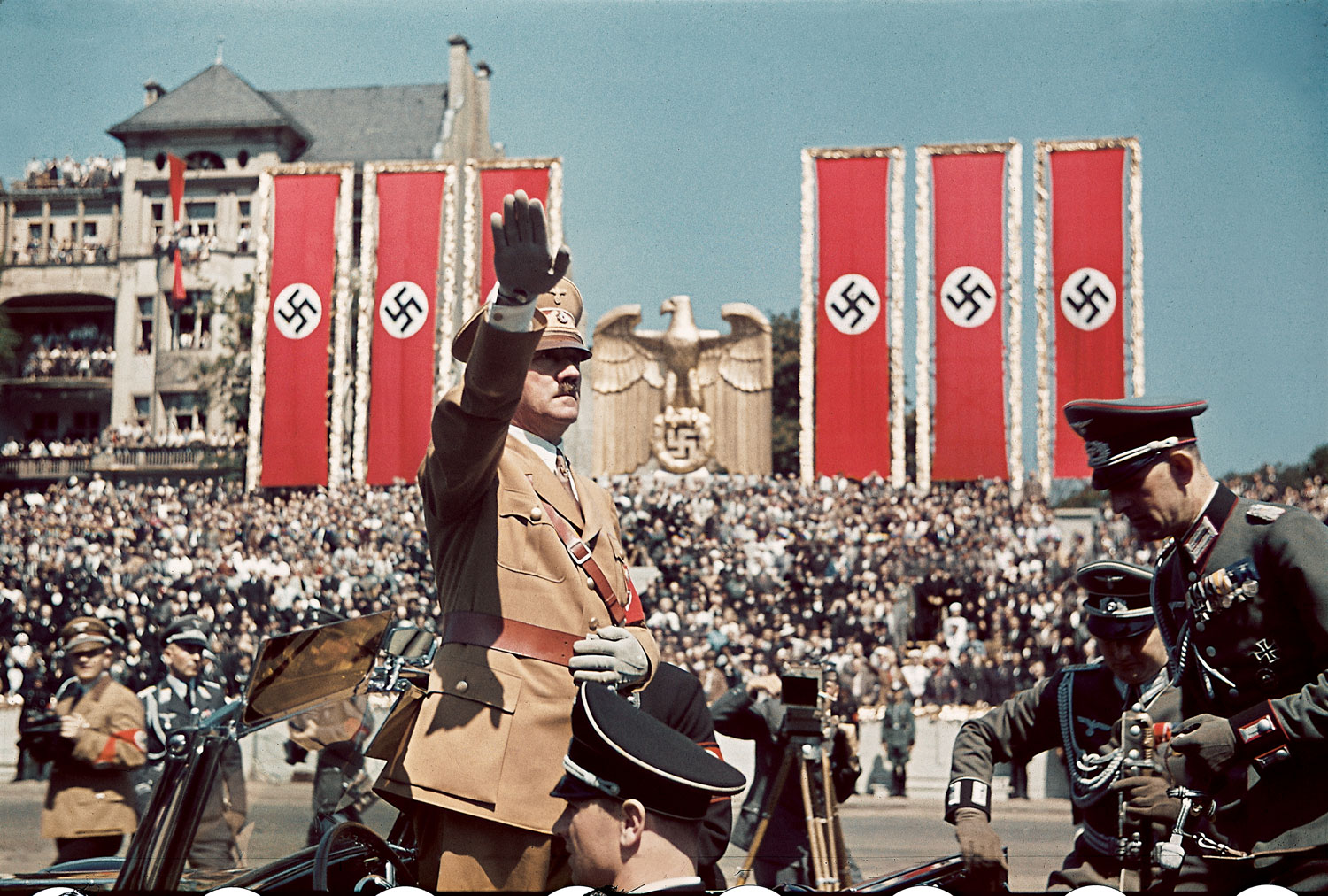
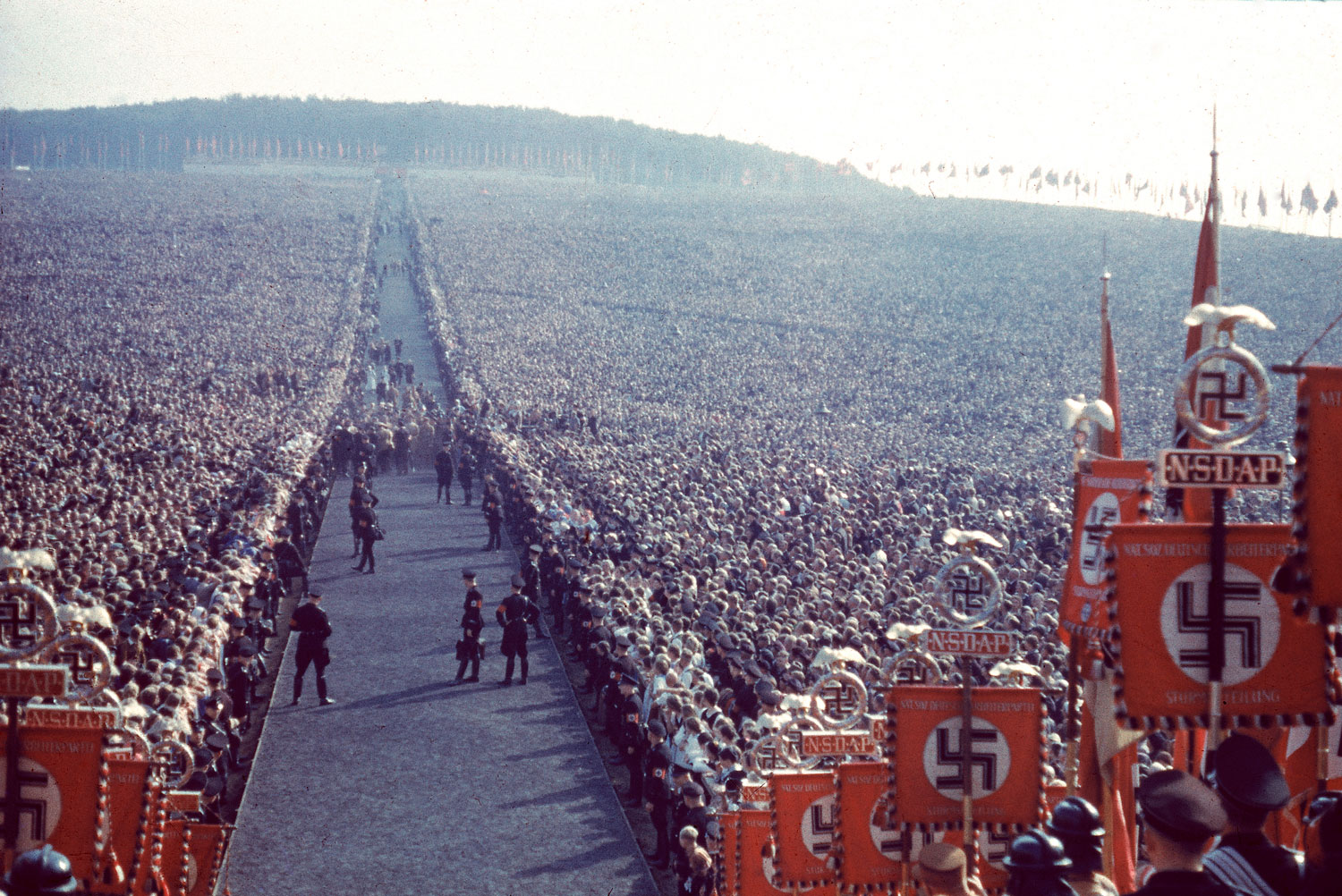
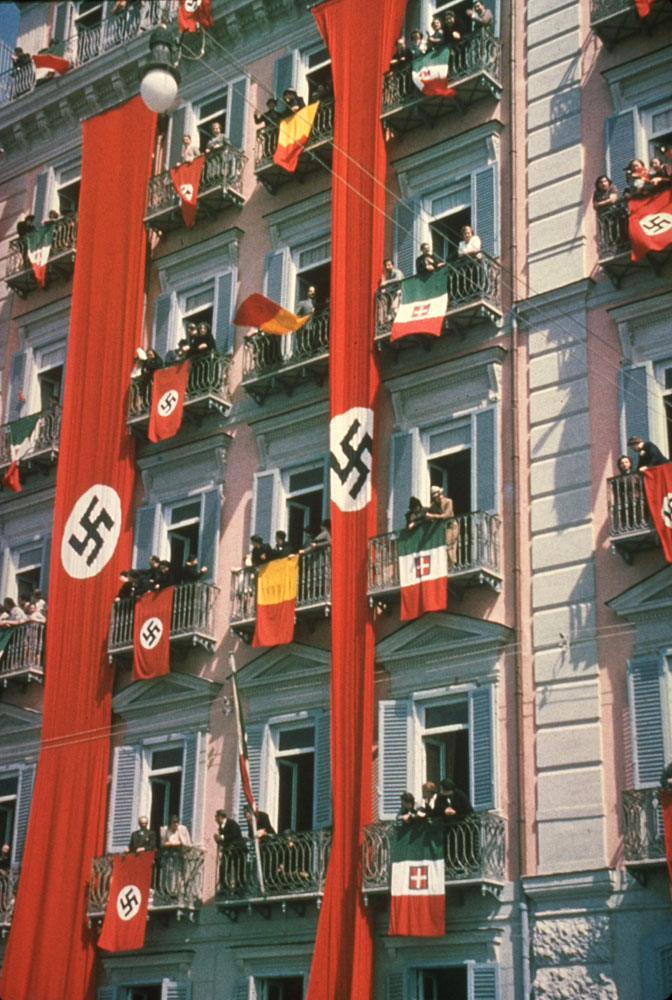

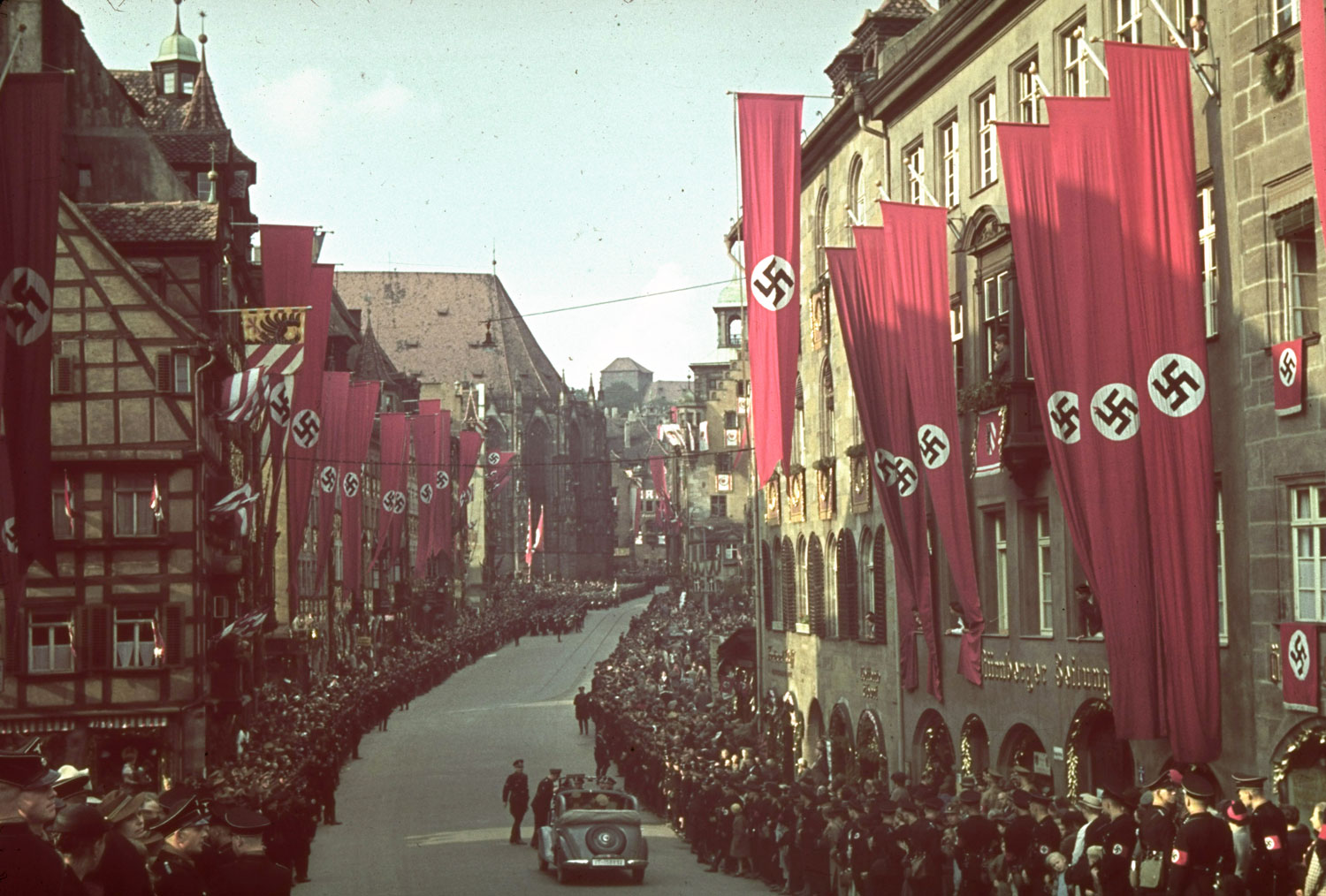
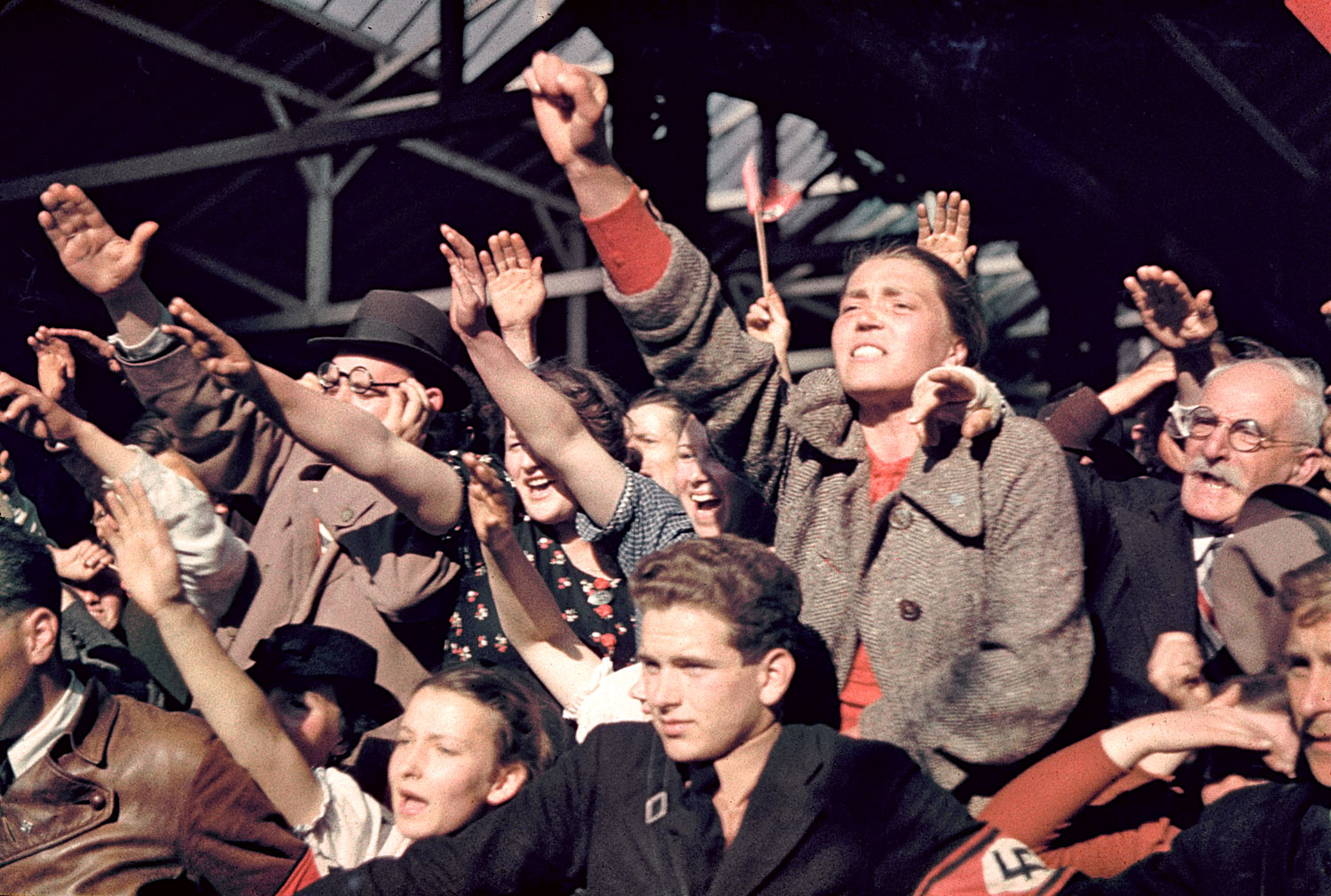


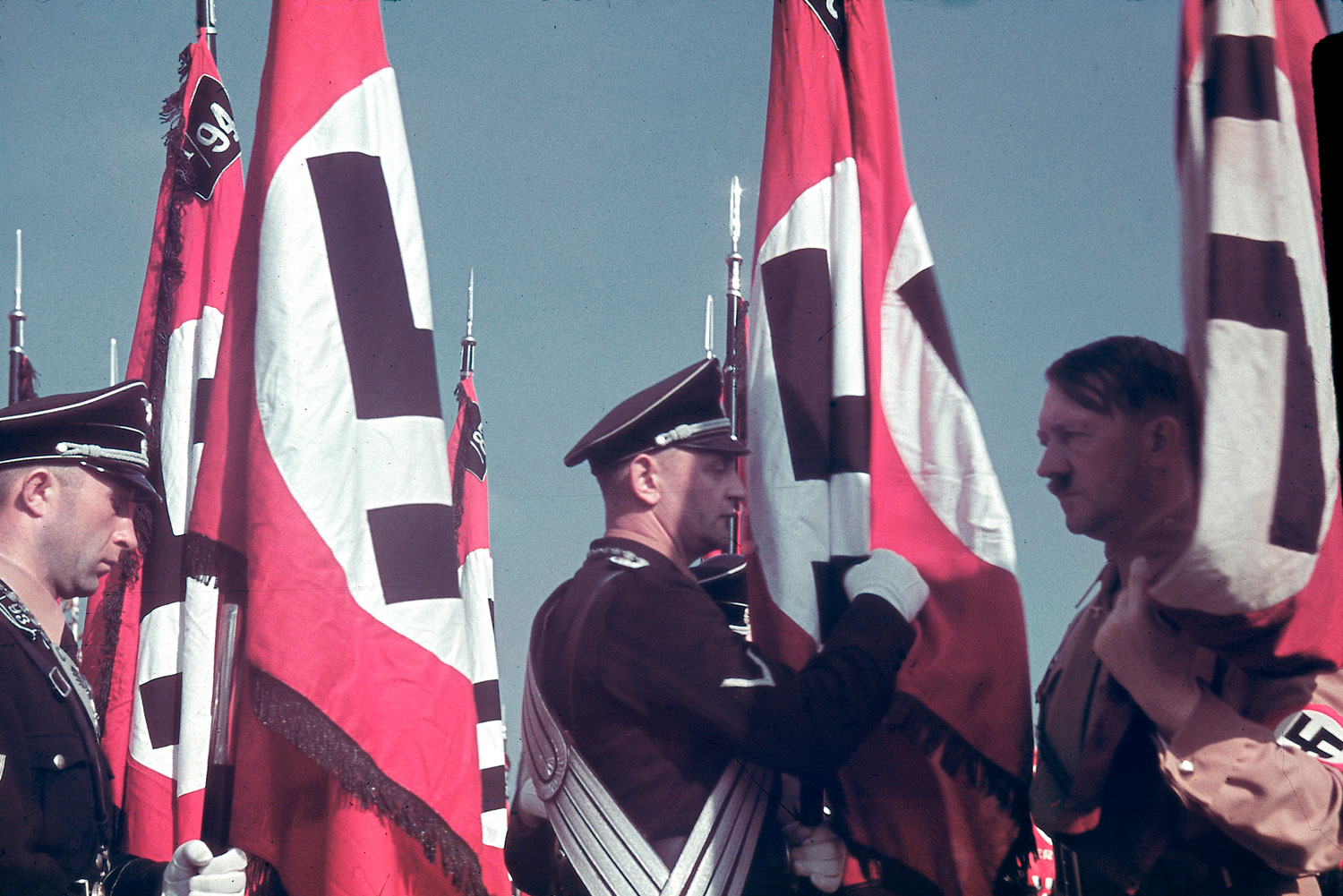
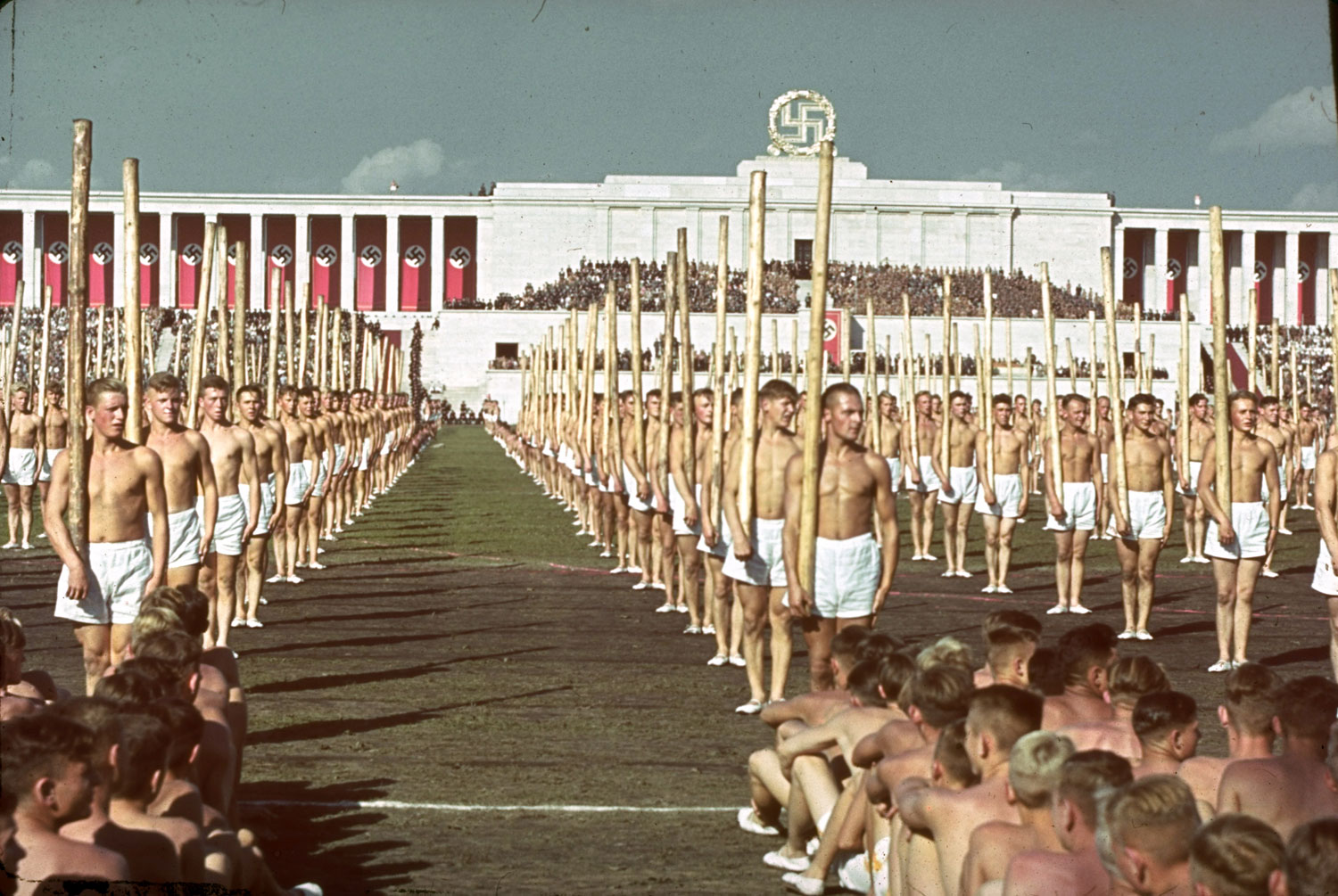
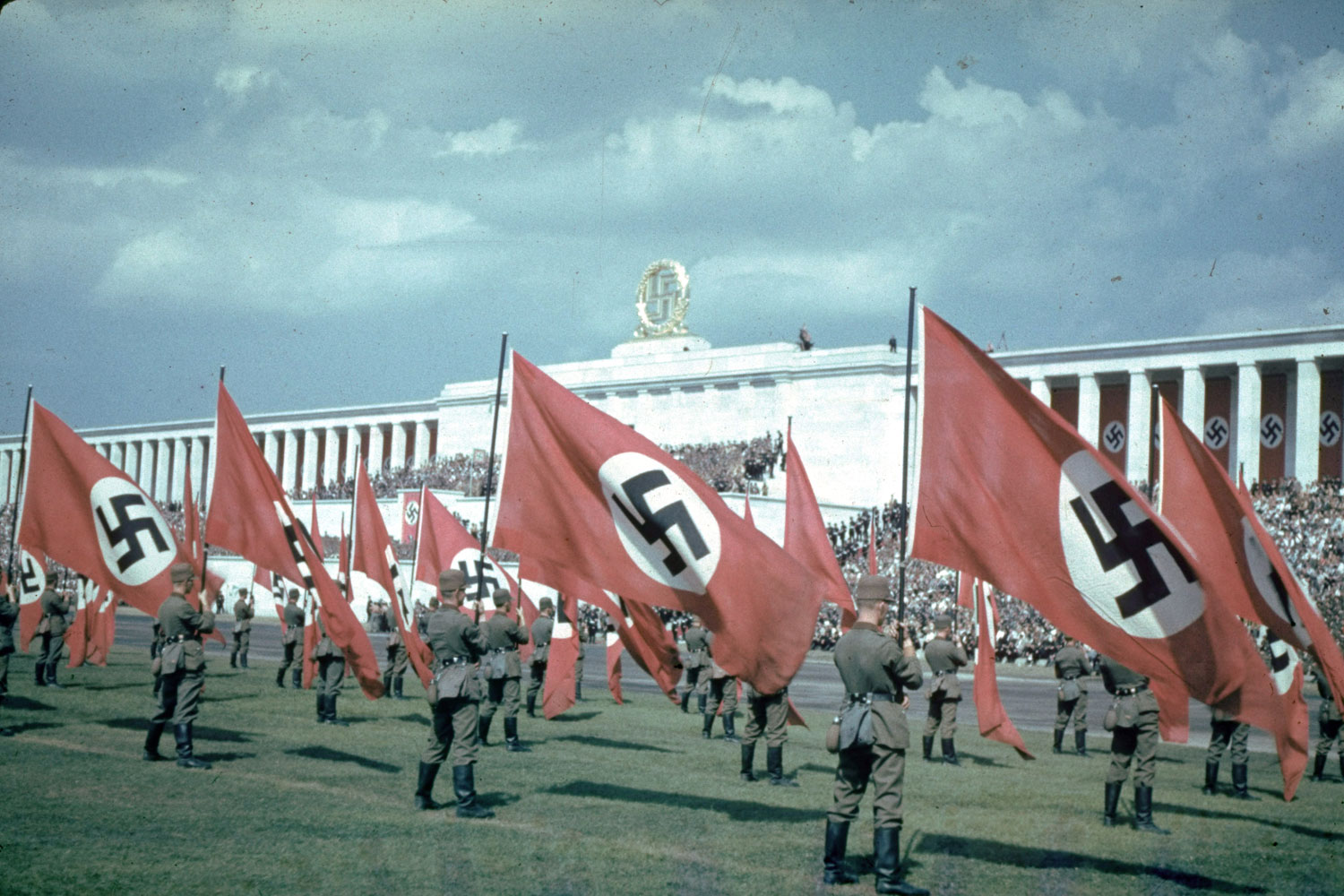

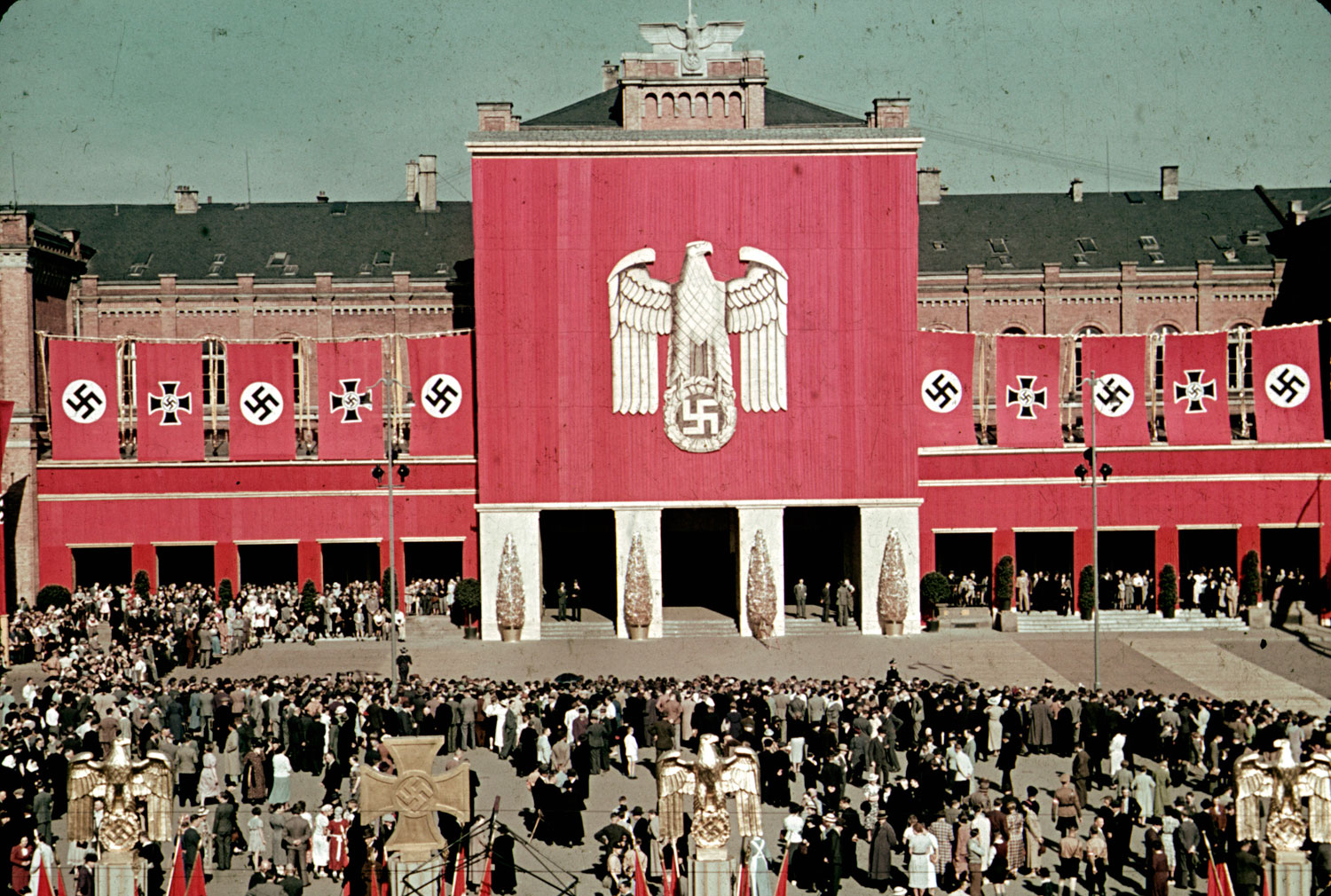

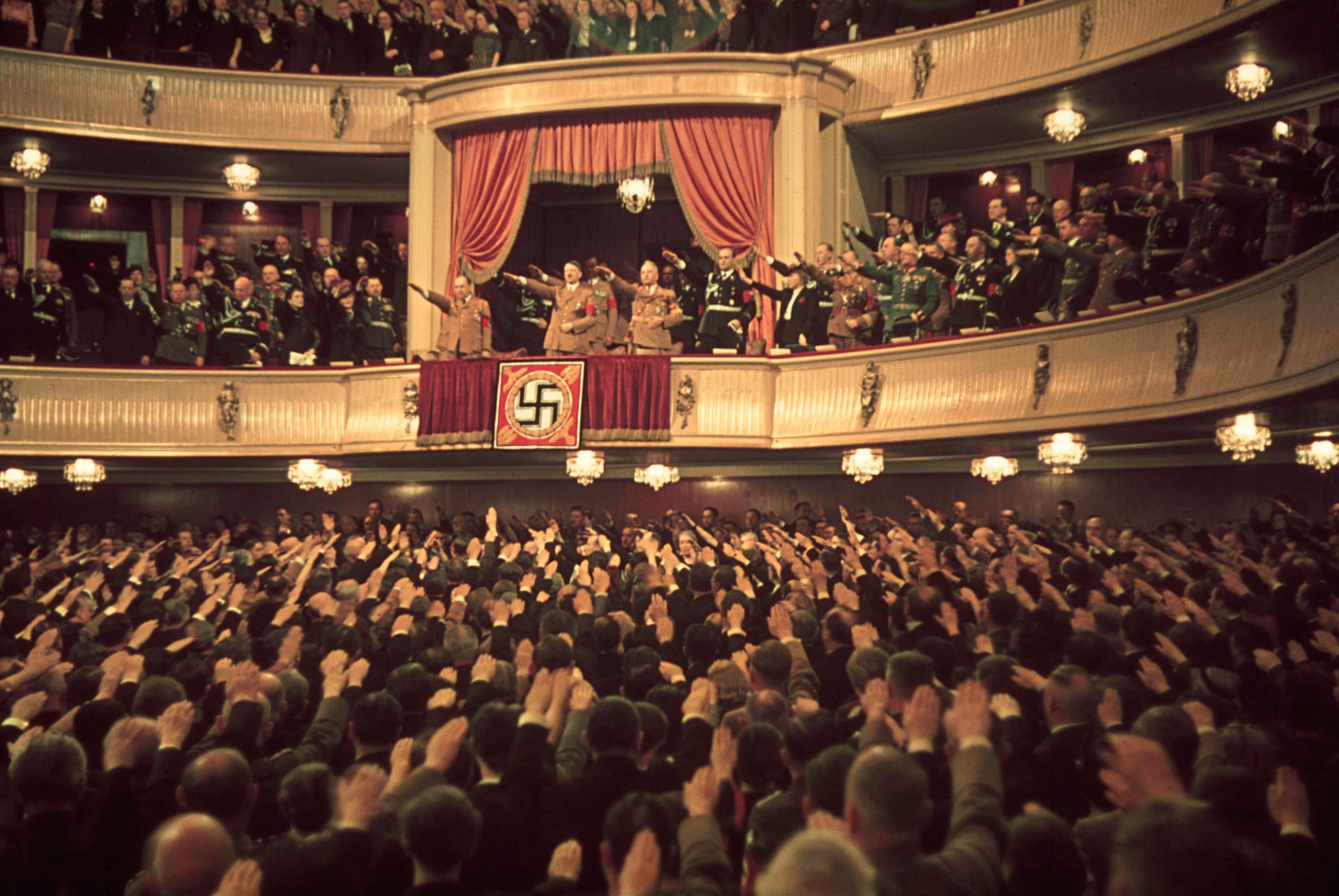

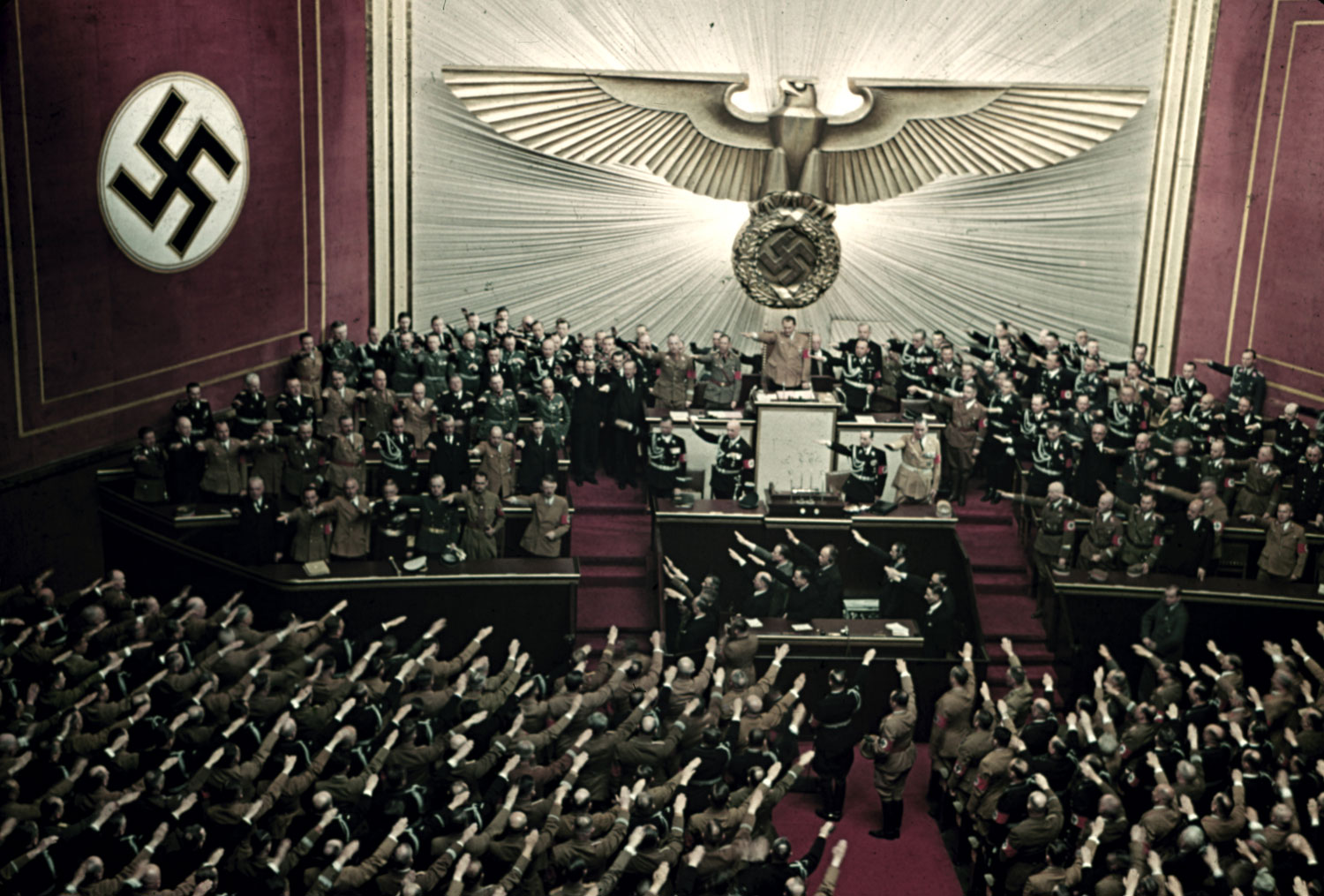
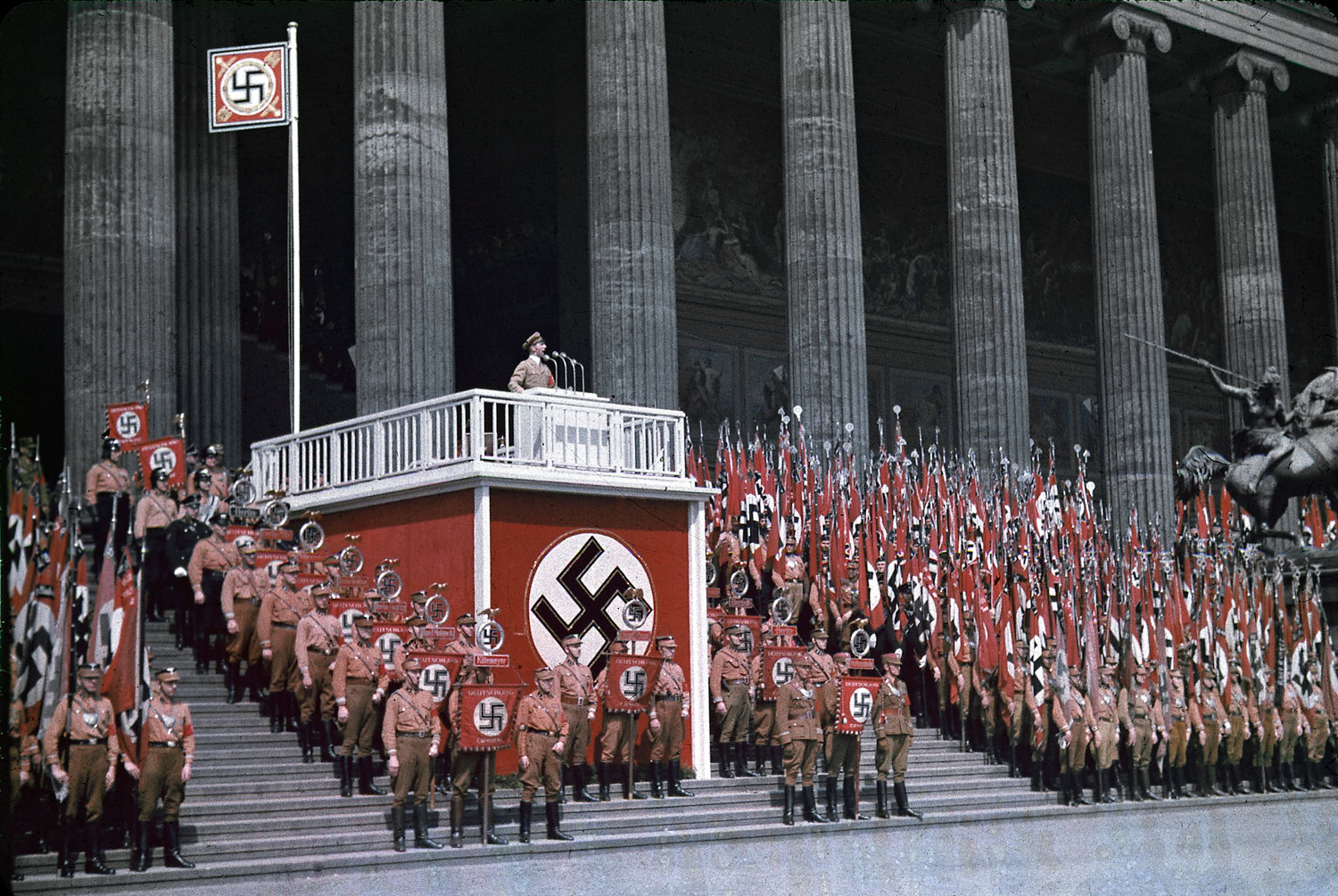
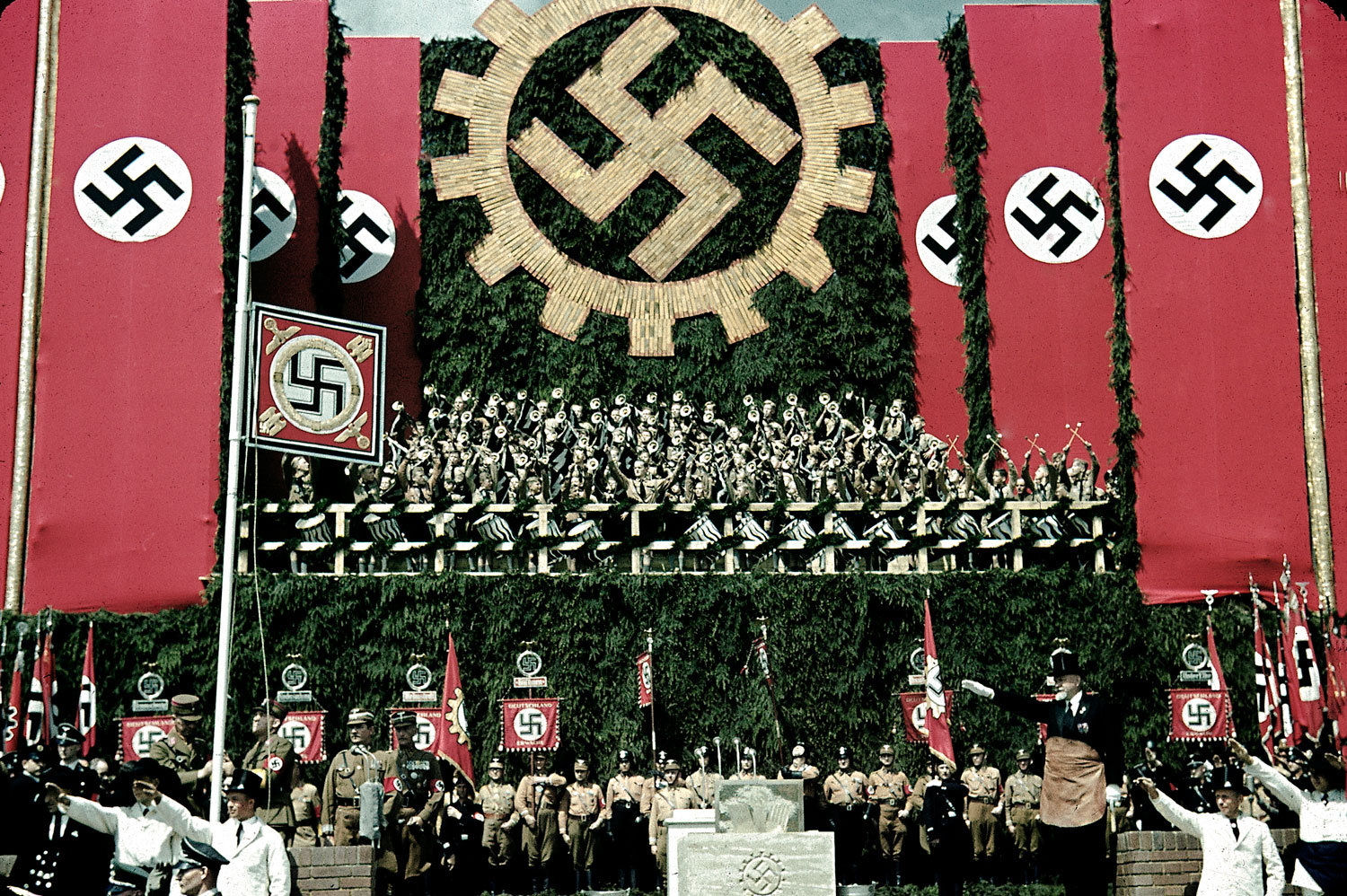
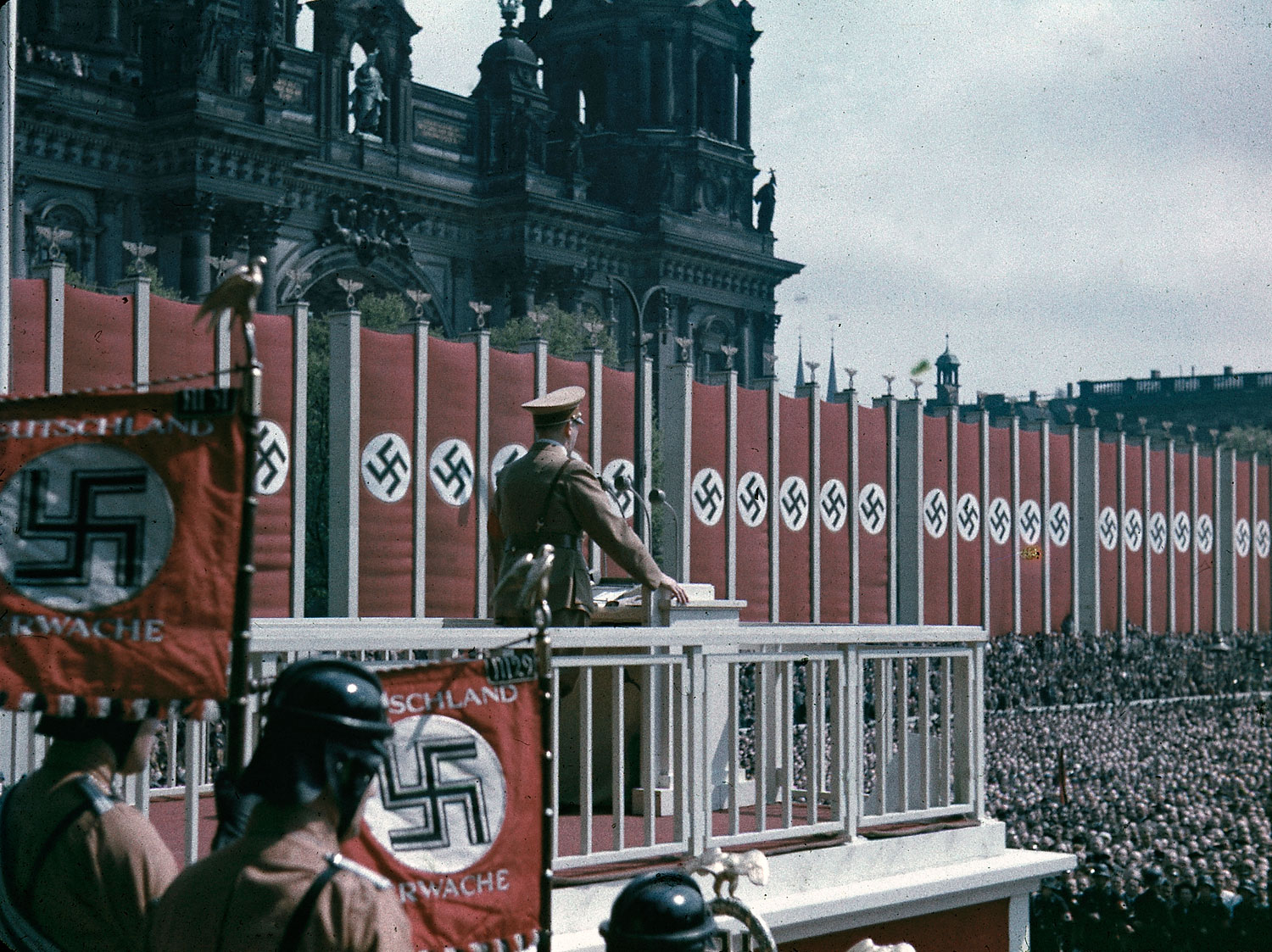
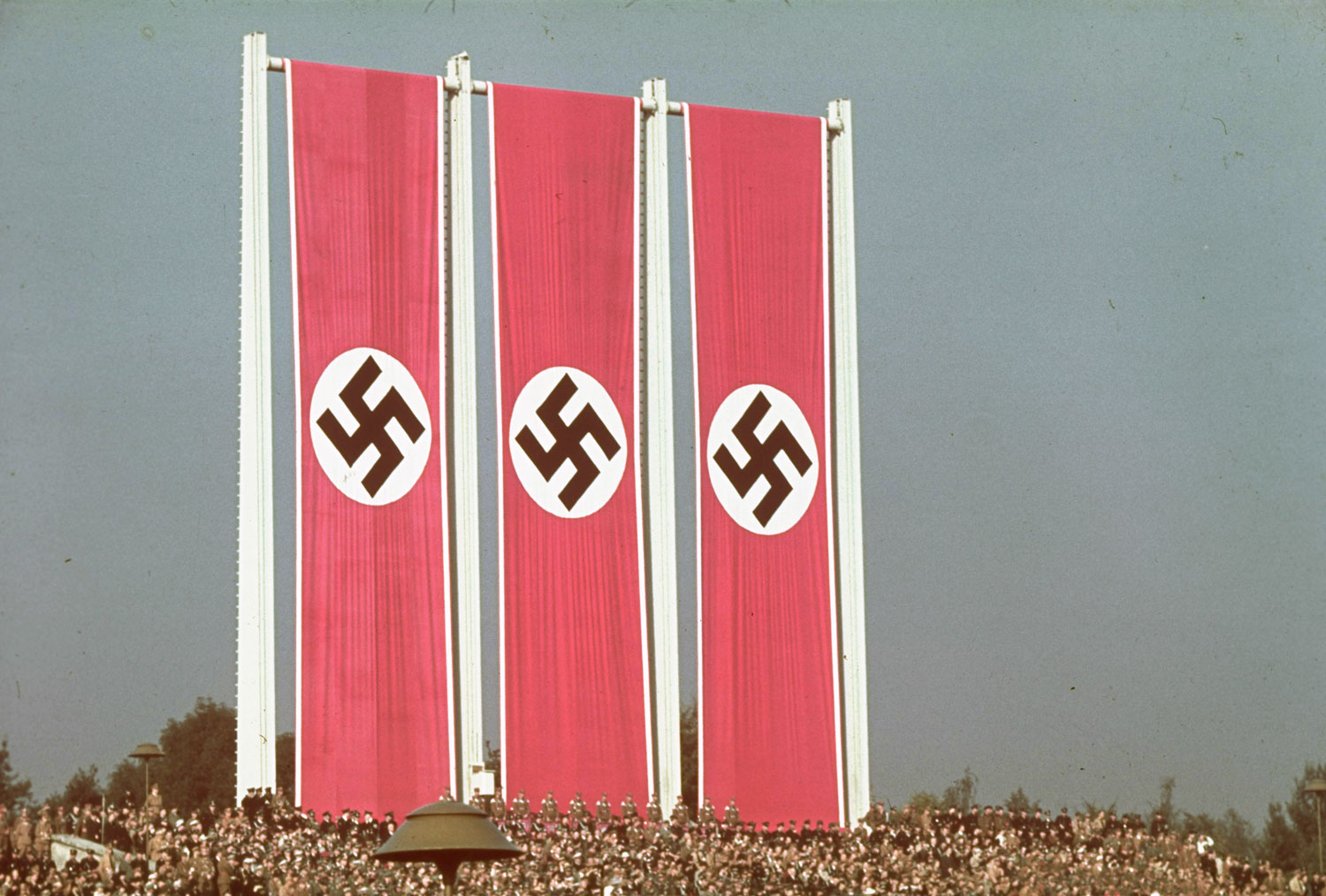
More Must-Reads From TIME
- The 100 Most Influential People of 2024
- The Revolution of Yulia Navalnaya
- 6 Compliments That Land Every Time
- What's the Deal With the Bitcoin Halving?
- If You're Dating Right Now , You're Brave: Column
- The AI That Could Heal a Divided Internet
- Fallout Is a Brilliant Model for the Future of Video Game Adaptations
- Want Weekly Recs on What to Watch, Read, and More? Sign Up for Worth Your Time
Contact us at letters@time.com